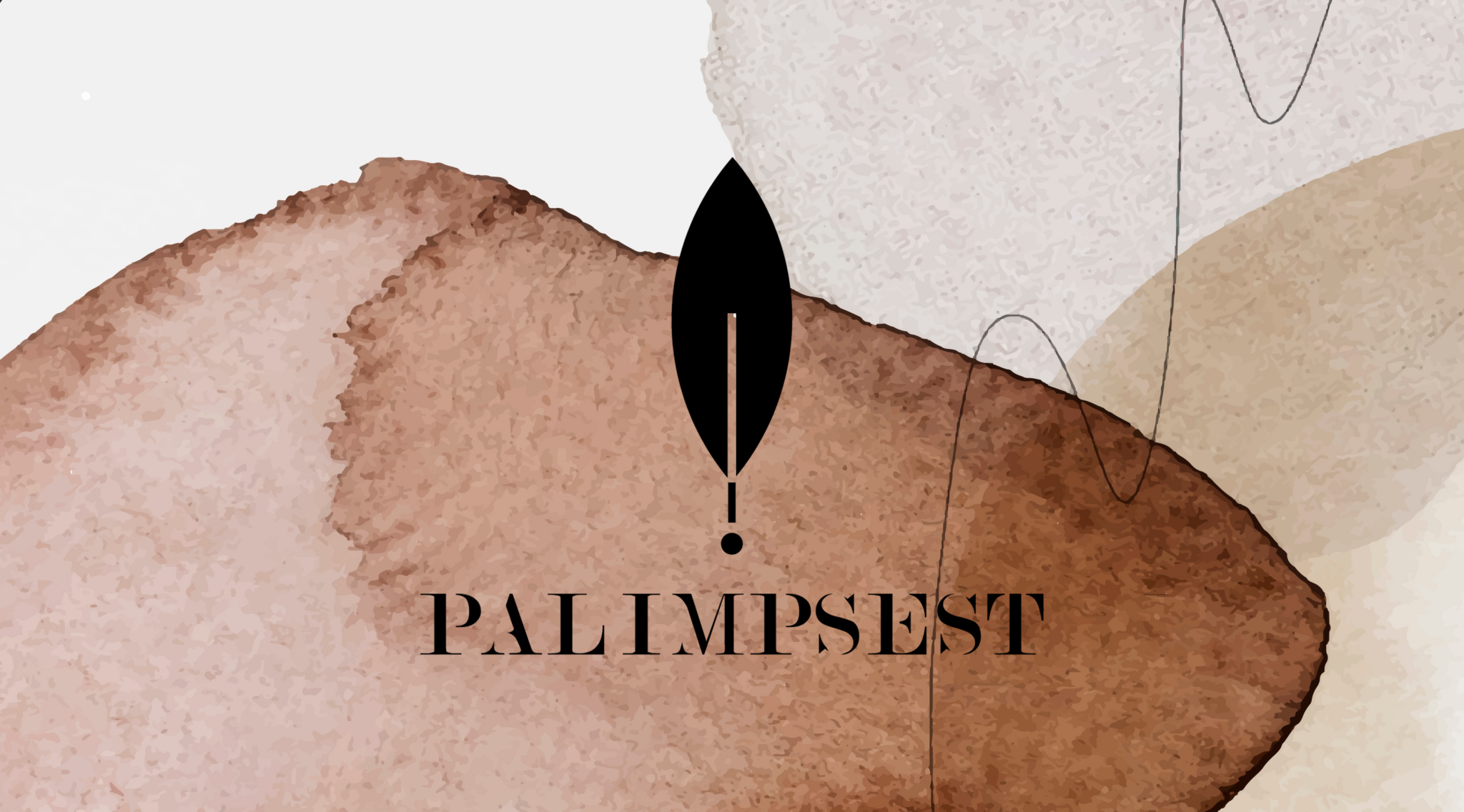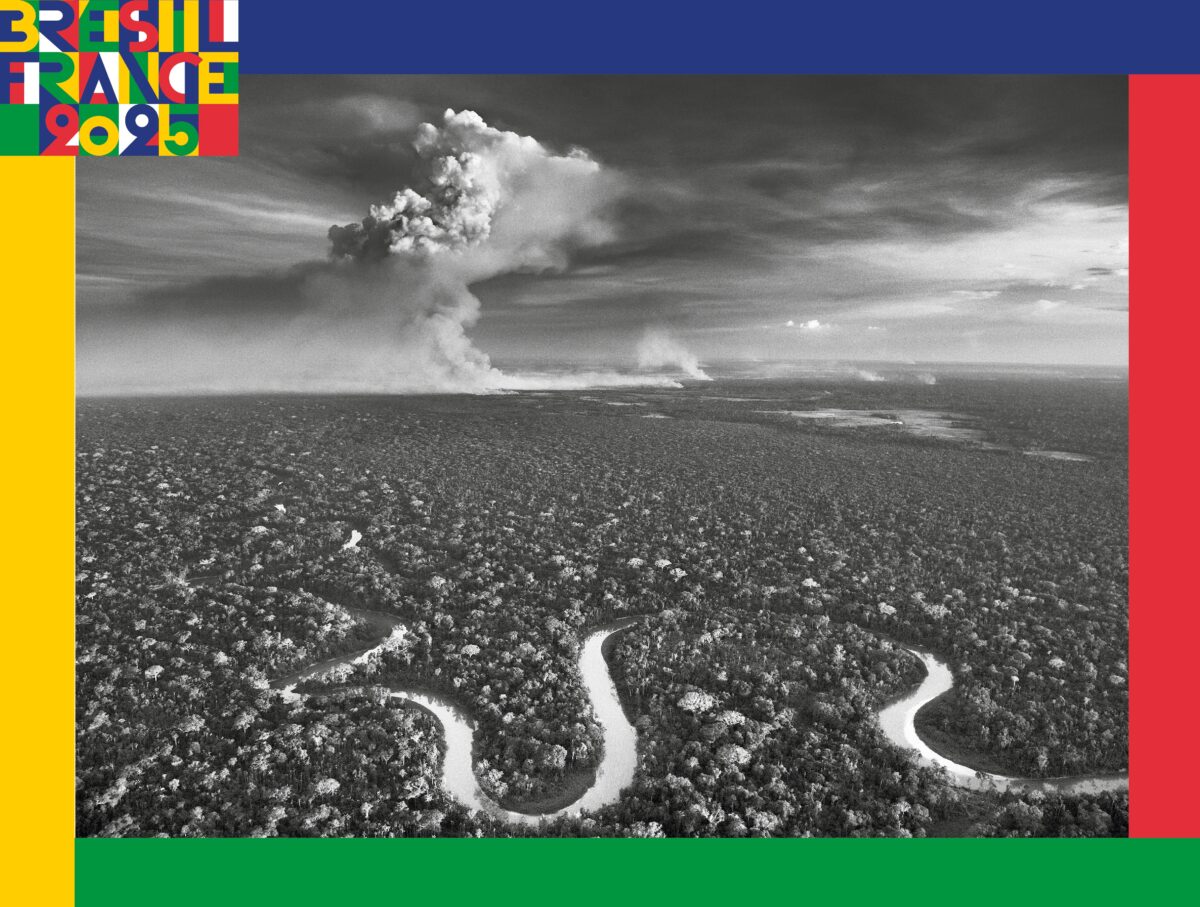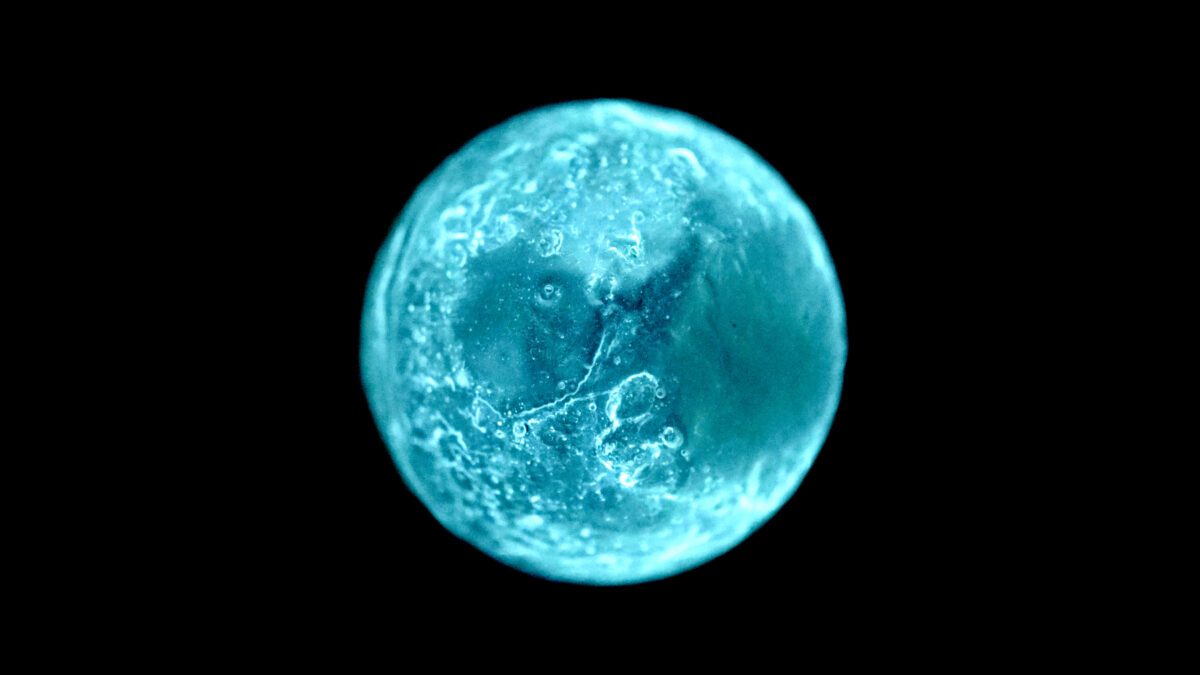
The “E Voce di u Castagnu” project
E Voce di u Castagnu – The Voices of the Chestnut Tree – is a research-action project focusing on Corsica’s…

Discover the 2nd Residential Workshops in Milan, Łódź and Jerez de la Frontera.
Published on 19 September 2025
2nd RESIDENTIAL WORKSHOP in MILAN
The second Residential Workshop of the Milan landscape pilot took place from March 31st to April 4th at Spazio Craft, Politecnico di Milano, with the participation of the PALIMPSEST Consortium, the artist duo gethan&myles, and several local associations actively engaged in the pilot’s activities.
This workshop focused primarily on defining the Landscape Services (LS) to be developed and envisioned within the project. The concept of Landscape Services, central to PALIMPSEST’s theoretical and practical framework, is a powerful tool for modelling pilot activities. Through their design and prototyping, PALIMPSEST promotes service-based solutions aimed at influencing individual and collective behaviors—fostering more sustainable ways of living that actively contribute to landscape regeneration and sustainability.
To explore potential pathways for implementation, a workshop led by Politecnico di Milano guided participants through a scenario-building and visioning exercise. Partners were encouraged to imagine future contexts in which local communities adopt and integrate the Landscape Services into their everyday practices.
In addition, CULTURALINK facilitated a dedicated session to explore PALIMPSEST’s approach to financial sustainability through emerging technologies, such as Blockchain and NFTs. This moment of reflection opened up new directions for supporting long-term impacts of the services developed.
During those days, gethan&myles assembled the machine within the spaces of Politecnico di Milano, setting the stage for the public presentation of the ACQUA LAMBRO project. The artists, accompanied by our advisory board member Sanna Lehtinen, also took the opportunity to visit MAF – Museo Acqua Franca, run by ArtedaMangiare MangiareArte, one of the local partners actively involved in the Milan pilot.
Overall, the second Residential Workshop in Milan fully achieved its objectives and laid a solid foundation for the activities that followed during Milan Design Week.
A heartfelt thank you to all participants for contributing to such an inspiring and productive working session!
PALIMPSEST & ACQUA LAMBRO project at Milan Design Week
On the 7th of April 2025 and during the Milan Design Week, the PALIMPSEST project officially presented the artistic project ACQUA LAMBRO, conceived by the British-Irish duo gethan&myles, to the city of Milan in the open spaces of the Leonardo Campus at the Politecnico di Milano.
ACQUA LAMBRO is a project of art, design, and ecology built around an “impossible idea”: transforming the water of one of the most polluted rivers in Europe into a prestigious mineral water. Halfway between speculative design, situationist provocation, and environmental activism, the project aims to reopen the possibility of a reciprocal relationship of care between the Lambro River and the people of Milan.
ACQUA LAMBRO is composed of two artworks:
Making the event even more engaging was the site-specific performance by LostMovement, who, with a choreography inspired by river dynamics, guided the audience through a performative journey across the campus, symbolically leading them to the ACQUA LAMBRO installation.
“The body invades urban and everyday spaces, like a stream that meets, shapes, and moves obstacles, debris, and human beings. Movement explores the relationship with unusual, unconventional spaces, creating a new landscape through dance. Thus, art serves the river, creating a meeting between artists, citizens, students, and researchers. Water becomes the inspiration for an urban incursion that invites the viewer to reflect on sustainability, the ecosystem, and relationships with others.”
The ACQUA LAMBRO project, conceived by Irish artists gethan&myles, is part of the PALIMPSEST experimentations, a European initiative within the framework of the New European Bauhaus, which promotes sustainable landscape transformation processes through creative practices.
2nd RESIDENTIAL WORKSHOP in ŁÓDZ
On the 24th to 28th of May, the PALIMPSEST consortium and board members gathered in Łódź in Poland for the 2nd Residential Workshop! Throughout the week, partners from Politecnico di Milano, Aalborg University, Karakorum, and the PALIMPSEST Advisory Board member collaborated with Magda Stecka on developing Łódź Pilot first prototype: the set of ceramic Rain Flower prototypes—aesthetic and functional water retention modules for green urban spaces. These systems are intended to serve not only as practical water management tools but also as decorative features contributing to the visual quality of the urban environment, which seems to be important for the residents.
One of the key exchanges was the meeting with Deer Garden. Naturally, when the team shared knowledge about non-invasive, nature-based systems. Discussions focused on the materials, preparation processes, and scalability of each prototype, as well as the importance of participatory approaches in broader public communication.
A strategic meeting with Aleksandra Sztuka-Tulińska, Oliwia Wierucka, Bartosz Poniatowski the Department of Environmental Management of the City of Łódź helped explore how the Meanders and other NBS interventions could be integrated into local urban planning on a small scale, offering real improvements for selected areas of the city.
The team also met with Dr Natalia Ratajczyk, Dr Paweł Jarosiewicz, Anna Wieczorek, Konrad Budziński from the Faculty of Biology and Environmental Protection at the University of Łódź to discuss future testing of the prototypes—evaluating their impact on water retention, irrigation, and green space protection. A productive brainstorming session led to the decision to jointly plan a testing phase for the developed solutions.
Additionally, the group met again with Krzysztof Olkusz (Absolutely Touristic), a local expert and author currently working on a book about Łódź’s rivers. The visit included a tour of the “Dętka” underground canal museum, offering a rare look at the city’s subterranean infrastructure and its interconnections between river systems and stormwater dynamics.
To round out the week, project partners visited design exhibitions at the Łódź Design Festival Centre and Fuzja complex, where more than 50 displays explored themes of sustainable cities, innovation, craft, and longevity in design.
The 2nd Residential Workshop activities in Łódź were focused on collaborative design, community engagement, and nature-based experimentation as a starting point for imagining and building more resilient urban futures. Special thanks to the Łódź Design Festival team for organising and planning the Residential Workshop activities.
2nd RESIDENTIAL WORKSHOP in JEREZ DE LA FRONTERA
From June 23rd to 28th June 2025, the second SONE Residential Workshop was held in Jerez de la Frontera, with the presence and participation of representatives of the international consortium: Politecnico di Milano, Aalborg University, NOVELCORE, Culturalink and Lodz Art Center. Also participating were Sanna Lehtinen (Aalto University School of Arts), member of the Advisory Board, Estelle Jullian (Culturama), artist selected through the Creative Dialogues Open Call. The event was organized in collaboration with the local team, composed of Jerez City Council, Fundarte, and Nomad Garden.
Throughout the week, special emphasis was placed on the collaborative creative work developed over the past few months by artists, institutions, cultural agents, associations, and citizens of Jerez, all contributing to the Songs of the Nearby Earth (SONE) project.
In addition, several key locations central to the development of the project were visited, including the Escuela de Arte y Superior de Diseño de Jerez (EASDJ), the Gresierra ceramics studio, the Centro Andaluz de Documentación del Flamenco, as well as the trellises of the Escuela de Idiomas and the González-Byass and Tradición wineries, along with newly planted vine structures in various public streets of the city.
Throughout the week, participants had the opportunity to meet and engage with key local actors such as the Amigos de los Árboles association and the Emparrados group—Juan Luis Vega and Miguel Revuelta—leading figures in promoting urban greening through vine arbours in Jerez. They also met Austin Gardner, maker at FabLab Jerez; post-composers Belénish Moreno-Gil and Óscar Escudero; José Manuel Coca, a traditional zambomba luthier; and Claudia GR Moneo and Lucía Franco Corrales, contributors to the book “Lah Letrah de nuehtra zambomba”.
The project also benefited from the invaluable collaboration of Francisco Benavent from the Centro Andaluz de Documentación del Flamenco.
The SONE project connects the countryside landscape with local cultural heritage through the traditional Jerez zambomba, operating at the intersection of tradition and innovation. It weaves collective narratives that honour the past while imagining a more sustainable future.
Inspired by the zambomba as both a symbolic and functional element, the project highlights its role in bridging the natural and urban landscapes of Jerez. In the city, the zambomba is central to Advent festivities, where communities gather in neighbourhood courtyards to sing carols and popular romances, often around a bonfire, sharing traditional fried sweets.
Originally crafted from locally sourced materials, the zambomba served both as a container for food and a musical instrument. Its cyclical use, local origin, and multifunctional nature make it a true paradigm of sustainability and creativity, deeply rooted in the territory.
SONE begins here—by glimpsing and weaving the connections between this object and the landscape. To this end, new zambombas are being co-designed in collaboration with the Ceramics Degree at EASDJ, the Coca family—the last remaining zambomba luthiers in Jerez—and the Gresierra artisanal ceramics workshop.
The process explores the use of local materials, such as albariza—a prized soil for winemaking in the Jerez countryside, composed of ancient marine sediments like diatoms and radiolarians—and vine prunings from native grape varieties like Palomino Fino, Pedro Ximénez, Moscatel, and Tintilla de Rota, investigating their potential for shaping and glazing the instruments. This material-based approach to culture is enriched by the collaboration of experts such as geologist and oenologist Willy Pérez, and musicologist Belénish Moreno-Gil, who is developing a sound-based artwork to invoke the past and imagined landscapes of Jerez, together with composer Óscar Escudero.
As part of the Residential Workshop, they began capturing the sounds of the newly created zambombas, crafted by EASDJ, Gresierra, and the Coca family, grounding the project in a multisensory exploration of place and memory.
This work will be complemented by a compilation of carol lyrics and popular romances containing references to the landscape and the emerging environmental challenges of Jerez. The selection draws from lyrics handed down through oral tradition for over four centuries, serving as a foundation for reimagining not only the past, but also the future of the city.
Claudia GR Moneo and Lucía Franco Corrales will guide us through this collective heritage, shaped and reshaped over time—a true palimpsest that reflects the layers of memory, culture, and imagination inscribed in the territory.
Finally, in line with the tradition of imagining alternative uses for these objects, the project proposes the reuse of zambombas as protective devices in the planting of urban vine arbours. Jerez, with its deep-rooted wine-producing identity, has long used vines as a source of shade in private spaces such as patios and porches. In some cases—like the González Byass wineries—these green structures began to extend into semi-public streets.
Today, the Amigos de los Árboles / Emparrados association is advocating for the expansion of this green infrastructure into public streets, reimagining the role of the vine as both a climatic solution and a cultural symbol of urban renewal.
In support of this environmental initiative, SONE proposes the reuse of instruments—enamelled with the remains of agricultural vines and other local landscape materials—as protective devices for the newly planted vines. This approach lays the groundwork for envisioning a more sustainable and sensorially rich urban renaturation strategy.
To this end, an atlas of existing vine arbours across the city is being compiled. In parallel, the team is collaborating on the installation of an environmental monitoring network in various areas of Jerez, in partnership with Austin Gardner (FabLab Jerez, El Altillo School). This system aims to collect data and compare the climatic, ecological, and experiential benefits of urban areas with vine arbours versus those without.
In addition, ICCS—also a member of the PALIMPSEST consortium—is developing tools based on augmented reality to simulate these interventions through mobile phone cameras, making the project more accessible and engaging for diverse audiences.
SONE aims to support the adoption of these strategies by relevant institutions, envisioning new models of governance and value creation, as well as new rituals that acknowledge and celebrate the connections and responsibilities of citizens in caring for their immediate surroundings. This approach echoes the spirit of the traditional zambomba celebrations once held in neighbourhood courtyards—moments of communal gathering, shared responsibility, and cultural expression rooted in everyday spaces.
E Voce di u Castagnu – The Voices of the Chestnut Tree – is a research-action project focusing on Corsica’s…
As part of the France-Brazil Cultural Season, the Nuits des forêts festival at the Jardin d’Agronomie Tropicale takes us on…
Art in the Spirit of the Oceans 5 – 8 june 2025 Fort du Mont Alban, Nice United Nations…

